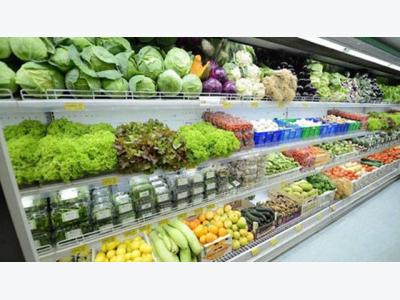Convenience, food safety matters to Vietnamese consumers

The fast-growing convenience store segment in Vietnam has been forecast to grow at 34.7% per year over the next several years, according to a study compiled by grocery research agency, IGD.
The retail market in Vietnam is quickly shifting away from traditional live markets to more modernized trade, said Nick Miles, head of Asia-Pacific at IGD, with convenience stores showing the strongest growth prospects.
There are several factors driving this including a positive economic outlook for the country, a significant increase in gross domestic product per capita and rapidly changing shopper habits.
The segment has also experienced a shift in shopping behaviours as younger consumers with higher disposable incomes typically make smaller, but more frequent purchases rather than splashing out on a big weekly shop.
Of note, Mr Miles said young consumers prefer to shop in an air-conditioned environment that has products well-organized on the store shelves and provides seating areas.
With higher take home pay they are also looking for and willing to pay for higher-quality products than can be found in most traditional live markets.
While free trade agreements such as the ASEAN Economic Community have given rise to a race for larger supermarkets throughout the country, many stores and individuals have opted to open smaller mini-supermarkets and convenience stores.
It is also easier to get licences for stores under 500 square metres, said Mr Miles noting that this explains why retailers have been able to expand so speedily in the large metropolitan areas such as Hanoi.
The study said it expects to see convenience stores in Vietnam to champion innovative new products and formats such as food to go, and begin working collaboratively to develop coordinated supply chains to ensure they are making the most of their growth prospects.
Vietnam is undergoing an organized retail revolution, explained Luong Quang Thi, general director of domestic refrigerated transport specialist ABA Cooltrans.
Convenience stores and mini-marts are popping up everywhere, Mr Thi noted, adding that as of last June there were 1,500 mini marts across the country mostly in the larger urban areas.
Those numbers are expected to continue to mushroom over the next few years, which in turn is fuelling a heightened demand for chilled and frozen foods, setting the stage for the cold chain industry to soar.
ABA Cooltrans hopes to put itself at the forefront of the Vietnam cold chain expansion, he added.
The company’s 200 reefer trucks handled 54,000 metric tons in 2016, and a newly acquired 15,000 pallet-capacity cold storage facility in Hanoi saw throughput of 100,000 metric tons.
Convenience and food safety matters to a typical young Vietnamese consumer nowadays, said Mr Thi, adding that freezing some foods for short or long term use, is essential to prevent foodborne illness.
Related news
 VN needs legal framework for organic farms
VN needs legal framework for organic farms Viet Nam will soon complete policies, mechanisms and a national standard system to develop organic farming in the future
 Vietnamese PM orders rice revolution to raise quality of production
Vietnamese PM orders rice revolution to raise quality of production Renovation at all levels of the government is needed to create a revolution in quality and a new vision
 Việt Nam’s animal feed imports up sharply
Việt Nam’s animal feed imports up sharply Việt Nam’s import value of animal feed and material for production of animal feed witnessed a year-on-year increase of 41.6 per cent in the first quarter